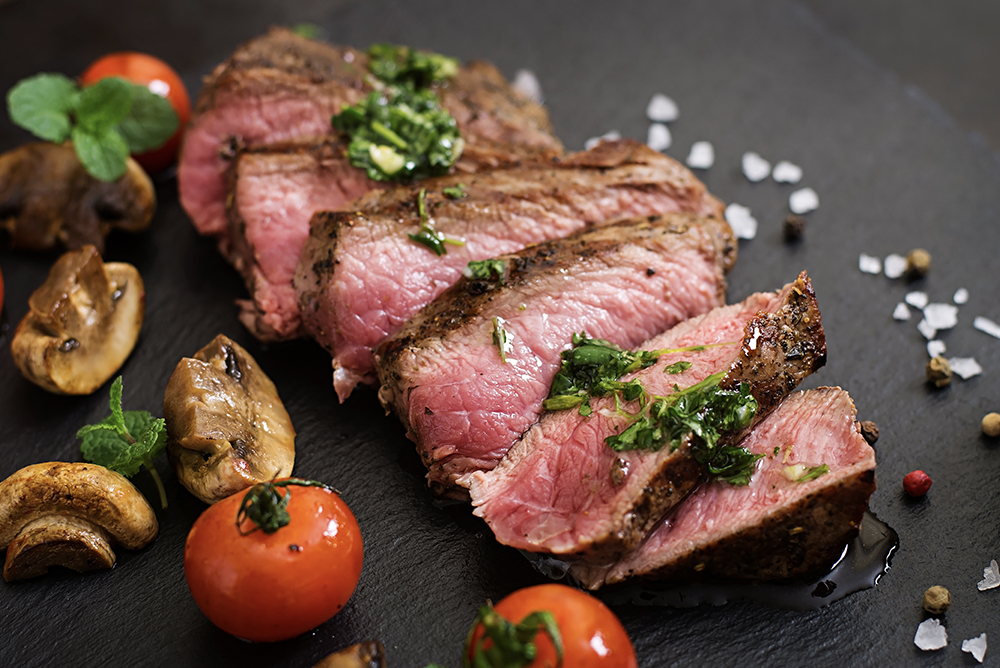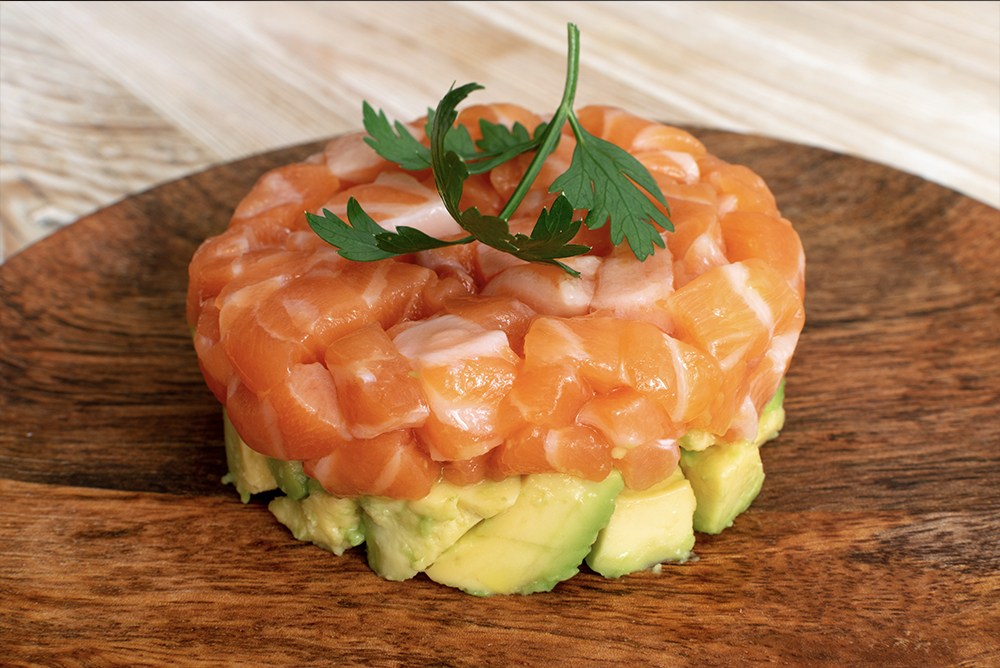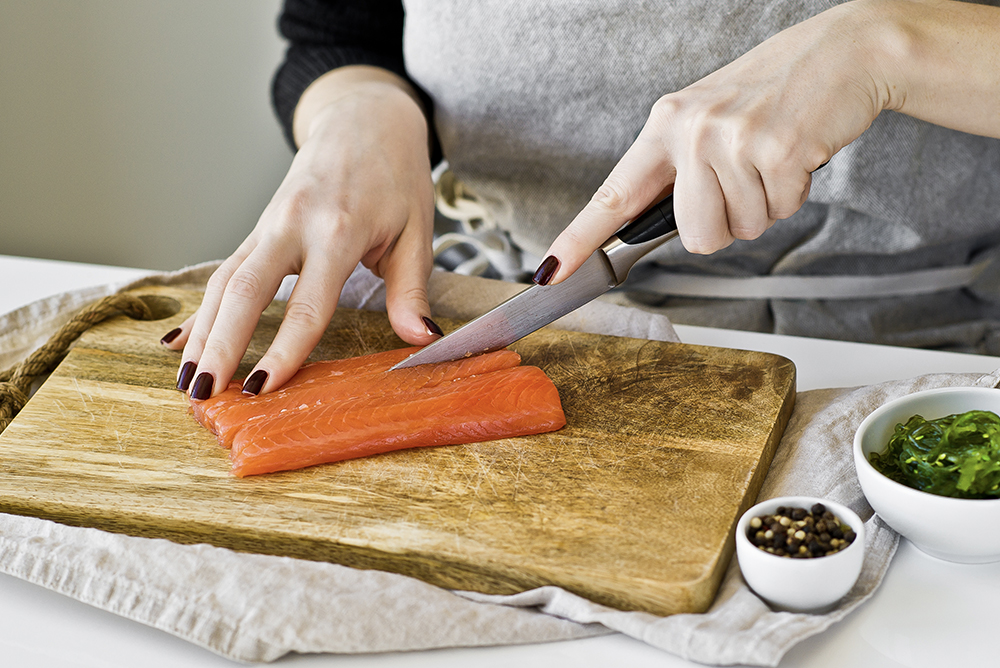Perk Up with 6 Tasteful Malaysian Drinks
Lighten your mood and rejuvenate your senses with 6 must-try Malaysian drinks!
Discover the authentic in Asian cuisine food
Around the World, Weird and Wonderful

Most cultures in the world cook their meats – probably why humans invented cooking in the first place. With the exception of Japan, the majority of Asian cuisines are filled with cooked meat delicacies. In fact, undercooking is a no-no for most dishes. Even so, any true steak lover knows that rare beef tastes best, and Japanese food lovers will swear by the rich velvety flavours of sashimi. Whether you’re feeling adventurous, or curious, here are some basics to eating raw meat.

Medical science overwhelmingly agrees that meats are best eaten cooked, especially for people with low or compromised immune systems. Children younger than 5, elderly over 70, pregnant women, and people with underlying health conditions are advised to avoid raw meat. This is because all raw meats may carry a host of bacteria, viruses and parasites. Authentic Asian cooking techniques such as stir-fry and soups can easily neutralize these harmful pathogens; while most raw meat dishes such as sashimi-based delicacies are made safer by using spices and condiments that have similar anti-pathogen effects.

Beef and fish are the safest to consume rare or raw, as they carry fewer harmful pathogens.
Fish is easily the more popular raw meat, savoured around the world through Japanese cuisine. Most fish are caught from cold waters, and immediately frozen; thus killing the pathogens. Biologically speaking, fish also carry fewer pathogens than can easily cross over to human hosts. Meanwhile, Sushi and sashimi fishers, sellers and chefs adhere to stringent freshness standards for their fish and other ingredients. So, you can rest assured that raw fish from authentic Japanese sources, or sellers with similar standards, are safe to eat. You can easily find sashimi-grade fish in Australian markets. Savoured them in a wholesome poke bowl, or this divine avocado salad.
For beef, especially steak cuts, the meat’s thickness makes it harder for bacteria and parasites to penetrate. Therefore, cooking the surface area is usually enough to clear them out, leaving the succulent raw flavours within. The Japanese Beef Tataki is one such delicacy – searing the outer surface into a crispy crust, keeping the raw meat inside; then marinated and topped with veggies to serve.
Beef is also enjoyed raw in many Asian cuisines. The Korean Yukhoe features richly marinated beef strips, veggies, and eggs. The Vietnamese Bò Tái Chanh is raw seasoned beef in a bowl of fresh greens, flavoured with lime juice. The Isaan Thai dish Koi Soi is minced beef marinated with fish sauce, garlic, lime juice, herbs and chilli; topped with crushed peanuts and basil leaves, served on a bed of lettuce. But the rawest Asian beef dish is probably the Isaan Thai Sok Lek – meat and tripe in blood mixed with herbs and spices – tastier than it sounds.
Chicken and Pork are generally not advised to be eaten raw. Not only do they taste better when cooked, the harmful pathogens they carry are not worth the risk. The sole exception is perhaps the Japanese Chicken Tartare: sliced raw chicken seasoned with salt, pepper and spices, served with julienned veggies. Probably better to only try it in Japan, where the food safety standards are higher than in most countries.

How the meat animal is raised and fed, the methods of slaughter and storage, handling from the butchers, and finally, how you store and prep the meat after you buy them – all contribute to safe consumption. So, if you plan to make raw meat dishes at home, first check for ethical and sustainable farming practices (which means the animals are bred healthily); and be sure that you purchase from a reputable source.
Heat can hasten bacteria growth, so always bring your raw meat home as soon as possible, and fridge them immediately. If your shopping trip takes longer, use an insulated cooler, or esky with an ice-pack to keep the raw meat cold. Also, bag and store them separately in the fridge – the raw meat’s excess liquids may drip and contaminate other foods.
To prep, wash your hands in soap water, and dry thoroughly before you touch the meat. Have utensil sets like a knife and cutting board that are exclusively for preparing raw meat. No need to wash the meat, however, as the farm-processing has already cleaned them. Instead, use spices, herbs and condiments, such as wasabi for fish, which can neutralize the health risks mentioned above.

Lighten your mood and rejuvenate your senses with 6 must-try Malaysian drinks!

Pair your hearty barbecues with these refreshing Asian delights!

What are the properties of ginger, and how to pick, store and use ginger in your cooking? Find out here!